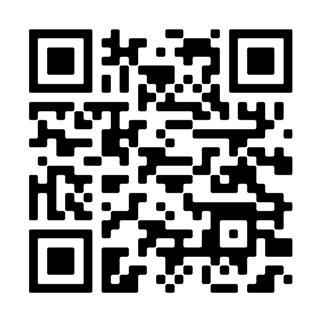
2 minute read
MARKETING SECRETS SELF-MARKETING
A P latform for Increaseed Prosppe cting
Be Real: Admit Past Indiscretions
Advertisement

One of the largest draws to a Public Relations Society of America meeting was the presentation, “My Favorite P.R. Failure.” Six seasoned, highly respected pros in the field agreed to share a case study where something went awry. Chapter members, media, and guests flocked to the luncheon to laugh at someone else’s mistakes.
While attendees need to know what to do to be a success, no one wants to look up to the speaker as a god. If all you can tout are your accomplishments, you make success look easy and a bit distant to mere mortals who daily battle life’s challenges. You’ll earn respect and admiration from the crowd if you candidly share mistakes you made along the way. With you serving as the fall guy, others can avoid those pitfalls and more quickly reach their goal After all, if they wanted to make all those mistakes themselves, why would they attend your seminar or speech? They’re paying you to share shortcuts to success, and they want to know how not to do something as much as how to do it People want to hear personal stories, and if you can illustrate a point with a funny story, all the better.
Jeanine Just believes her success as a speaker is directly linked to the fact that her audiences sense that she is honest and genuine. “I wear my emotions on my sleeve,” she says. “If I trip and fall walking up to the podium, we all stand there and laugh. People trust me when I speak. I have an open, easy style; I don’t put myself up on a pedestal I’m right there with the audience, talking about what is important to them and assisting them with issues they want to deal with ”
Just says that her primary marketing objective is to build relationships. “I don’t invest in Madison Avenue marketing techniques, but if I treat my audiences right, they will come back and refer me to others. You can’t have a salesforce better than that.”
Kent echoes the sentiment. “You must have a clear idea of who and what you are and be willing to be honest and admit your weaknesses if you want to win over an audience,” he says. “Be prepared to talk about your topic, but don’t have a prepared speech. The fewer formulas you use the better. And, as Shakespeare’s Polonias said, ‘Above all, to they own self be true ’“
Conclude With A Call To Action
Last impressions are lasting. Don’t kill the excitement you’ve created during your presentation with a weak ending. At all costs, avoid the phrase, “And in conclusion,” and never apologize for your presentation While thanking the group for having you is a nice gesture, it’s not an ending that will win an Emmy.





If possible, save a particular pithy, thought-provoking quote to leave with the audience. Or wow them with your best joke. If you don’t have material that will tickle their funny bone or tug at their heart strings, at least leave your audience with a summary of the main points of your speech, presented in a quick 3-point fashion. Remember the adage, “Tell them what you’ll tell them, tell them, and then them what you told them.”
Don’t wind up any speech without asking for the order. Hand out a brochure or pass out information on steps they can take to help overcome a problem or resolve a pressing issue. Then summarize verbally what they can do about a certain problem in an easy-to-follow 3or 4-step plan.
No matter how you end, be sure to end on time. Use Henry’s timer idea, take your watch off to remind yourself of the time limit, or ask the program chairperson or individual who hired you to stand when your time has run out Then, in less than 2 minutes, wind up. Even if you have 10 minutes more of material, it’s better to leave the audience begging for more than to run on and make attendees excuse themselves while you are talking. Remember, how can they miss you when you won’t go away?
Prepare for the dreaded questionand-answer session by planting a question or two in the audience ahead of time.











